Thanks to the surplus of free time I had this weekend, I decided to sit down and tackle a rather large project. From the same manufacturer of the SunAir Private Jet, I present SunAir International, a full-sized airliner with some fancy features. Built for luxury using sturdy materials, the International features large windows for a more pleasant cabin experience, a wide spacious cockpit canopy for improved pilot situational awareness, and of course, the signature blue and gold SunAir livery.
Performancewise, the three powerful engines give the heavy plane the acceleration it needs to get off the ground, and provide incredible efficiency at higher altitudes, free of higher drag. Handling is fairly good for a plane its size. The large, responsive elevators and huge, graceful wings provide all the lift and torque needed to maneuver this lovely plane. The landing gear is very forgiving, and not subject to many of the problems plaguing larger builds. The wheels have independent suspension, and the feet can tilt to ensure all eight main wheels take the same beating.
Controllable features include double-slotted Fowler flaps controlled with AG1 and VTOL, spoilers controlled with AG2 and VTOL, deactivatable outboard ailerons triggered with AG8, landing lights turned on with AG6, and nav lights turned on with AG7. I was going to built slats, but it turned out to be a real pain getting them to look good and work well at the same time. There is also no thrust reverser system, as the brakes on the wheels are more than sufficient to slow the plane on landing.
Flying the International is rather simple. Takeoff with about half-flaps, and rotate at 180 mph. Recommended cruise altitude is 50,000 ft. Very little throttle is required to maintain subsonic cruise up there. The climb takes a little while however, as the heavy plane prefers to fly straight and level. Approach to land is simple. Under 270 mph, extend landing gear and flaps (locking them by deactivating AG1 so you can arm spoilers by sliding VTOL up). Approach throttle is around 25% more or less depending on your angle to the threshold. Touchdown should be attempted around 180 mph. The plane should float forgivingly, and flare quite easily. Set the wheels down softly, cut the throttle, use AG2 to deploy the spoilers (if you armed them previously), set down the nosewheel, then brake.
A little note for taxiing, the center of mass is as far aft as I could manage it, so the nosewheel likes to bounce off the ground. Note that you cannot steer without the nosewheel on the ground. Avoid moving around things that use rotators, and you shouldn't bounce.
Specifications
General Characteristics
- Created On Windows
- Wingspan 202.3ft (61.7m)
- Length 204.1ft (62.2m)
- Height 63.6ft (19.4m)
- Empty Weight 497,620lbs (225,717kg)
- Loaded Weight 531,171lbs (240,935kg)
Performance
- Power/Weight Ratio 0.38
- Wing Loading 58.4lbs/ft2 (285.0kg/m2)
- Wing Area 9,098.6ft2 (845.3m2)
- Drag Points 62986
Parts
- Number of Parts 299
- Control Surfaces 20
- Performance Cost 1,802


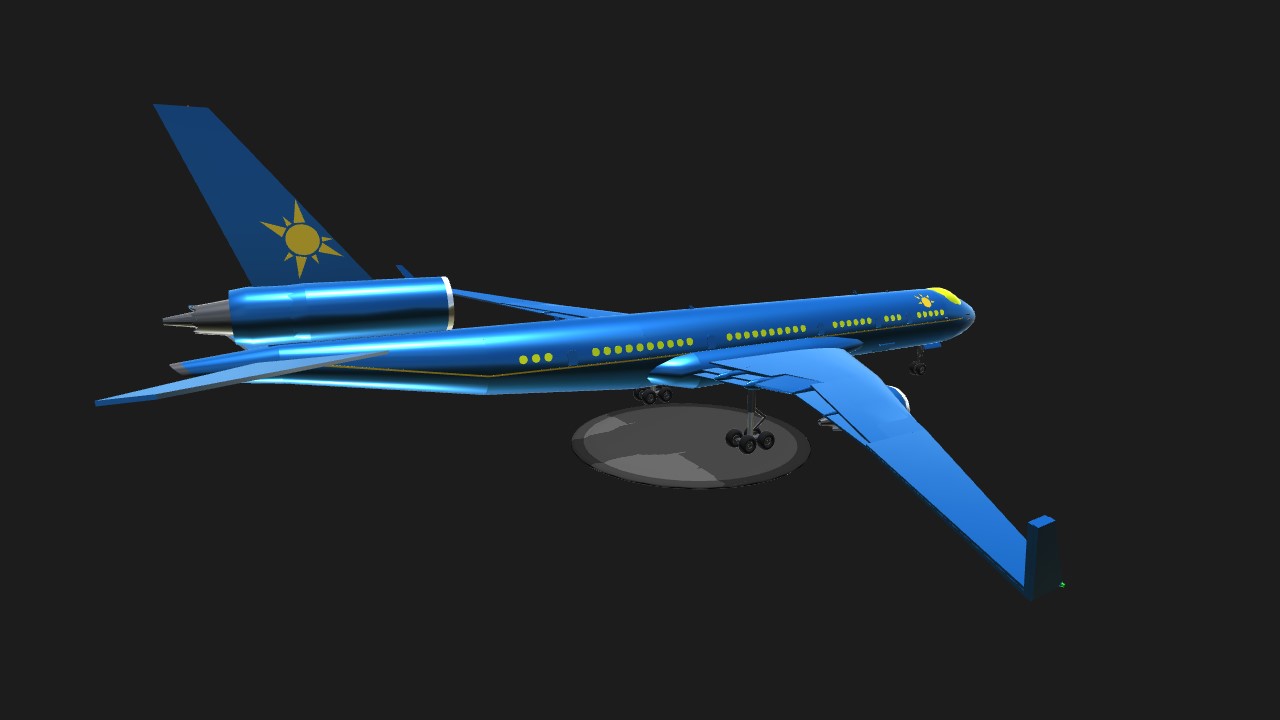
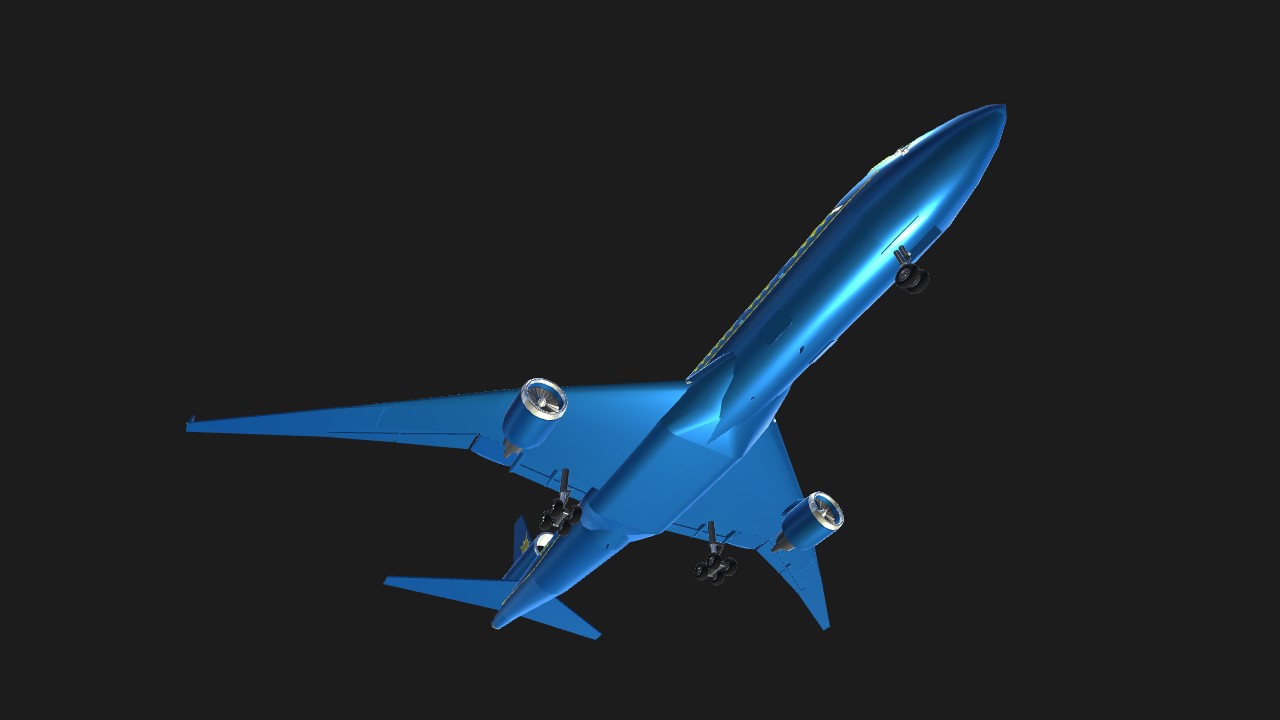
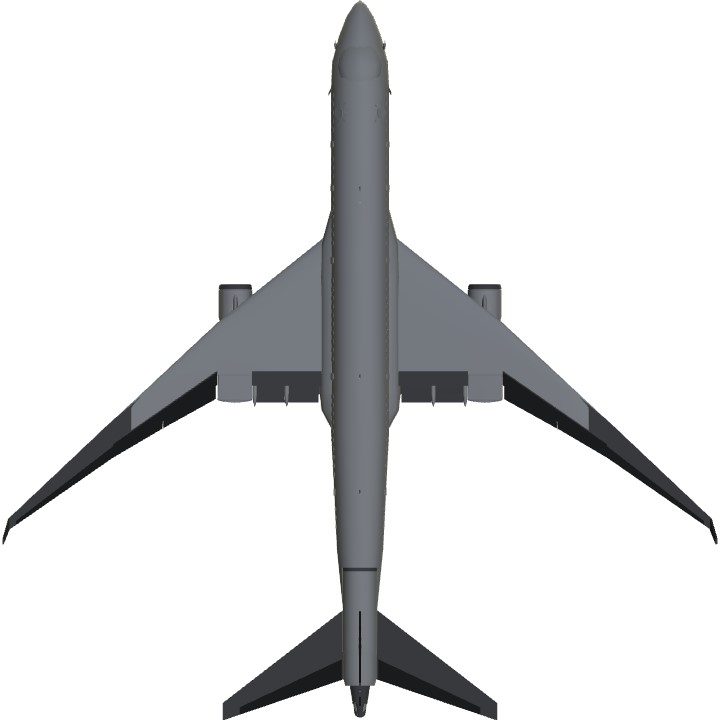
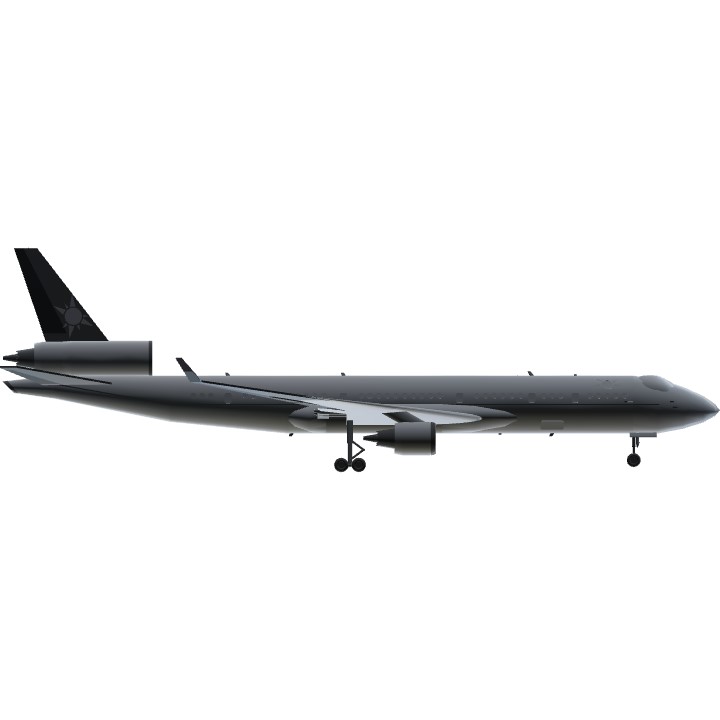
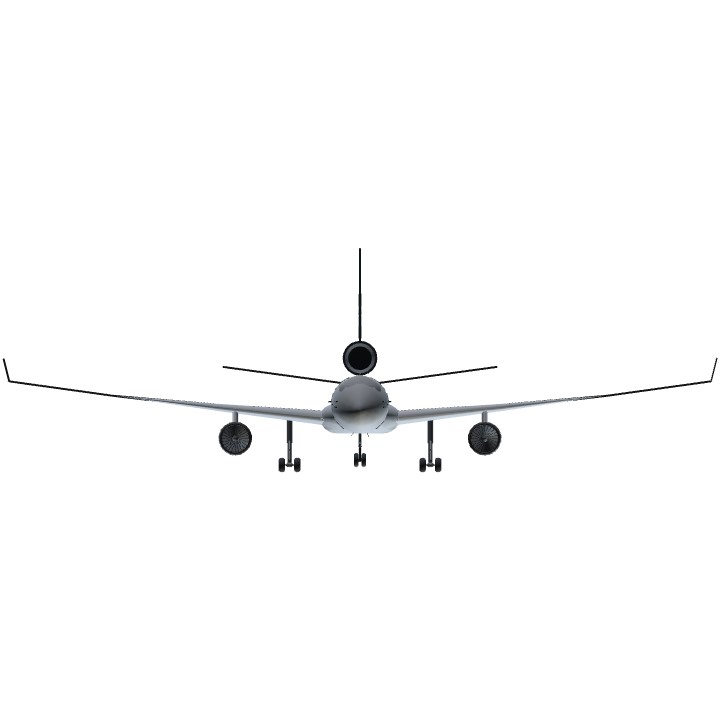
@Sunnyskies np
@Visify @Supercraft888 @MAHADI Thanks!
@vonhubert Honestly, I'm not very good at traditional airliner windows, so I opted for a bubble canopy rather than spend hours attempting to get panel rotations just right. Also, I wanted to keep the part count relatively low, so I avoided a fully modeled cockpit, because those tend to bloat part counts considerably. If you want to make a variant with a nice cockpit, feel free to do so.
@JoddyFubuki788 The dimensions and original concept were closer to a 777 actually. Overall, the design is more of a hodgepodge of various modern airliner design philosophies. The third engine was more for fanciness and extra thrust. An afterthought really. But the resemblance is pretty uncanny.
Great design except for a cocpit
Second coming of MD-11 eh?
nice...
I like it!
Great plane
@SHCow Thanks! I probably spent more time on the wings than anything else. Airliner wings are tricky.